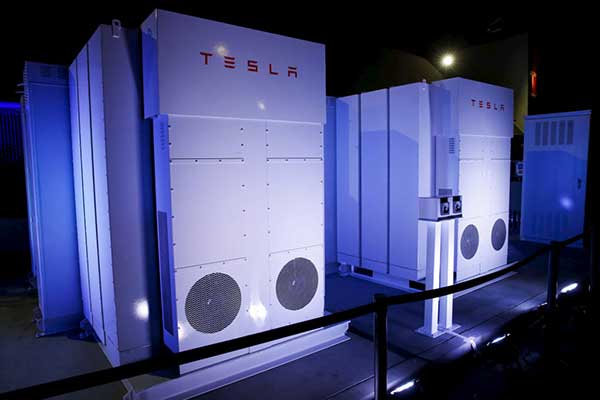Combining solar photovoltaics (PV) with energy storage is called solar-plus-storage (solar+storage). This phenomenon is poised to play a pivotal role in the shift towards energy empowerment and the ongoing transition to more distributed and resilient power systems.
As the cost of batteries falls, homeowners are increasingly looking to solar-plus-storage technologies to be more resilient in the face of natural disasters and extreme weather events. Long power outages in 2017 from hurricanes and cyclones highlighted grid vulnerabilities and increased public interest in solutions.
Now 1 in 3 solar shoppers are interested in solar energy storage and close rates for solar shoppers with solar-plus-storage is nearly 50 percent in some markets, according to the 2017 Solar Installer Survey by EnergySage. This trend shows the shifting mentality of solar shoppers, favoring greater energy independence.
In a grid-tied solar system with battery backup, a critical load panel designates which loads are powered by batteries during an outage. Homeowners then prioritize the essential loads until utility service is restored.
These capabilities allow the solar system to operate like a micro-grid, independently of the power grid.
Utility-scale solar-plus-storage projects are also poised to become more common in the next few years. Storage capabilities allow utilities to use storage capacity to serve peak evening energy demand without firing up costly gas power plants.
According to new energy models by the National Renewable Energy Laboratory, the economics of such systems will greatly improve within a few years, making energy storage far more appealing.
While solar+storage may not be the perfect solution for every resilient power project, its versatility and scalability make it ideal for many facilities, especially those located in urban and residential environments where space may be at a premium.













Comments